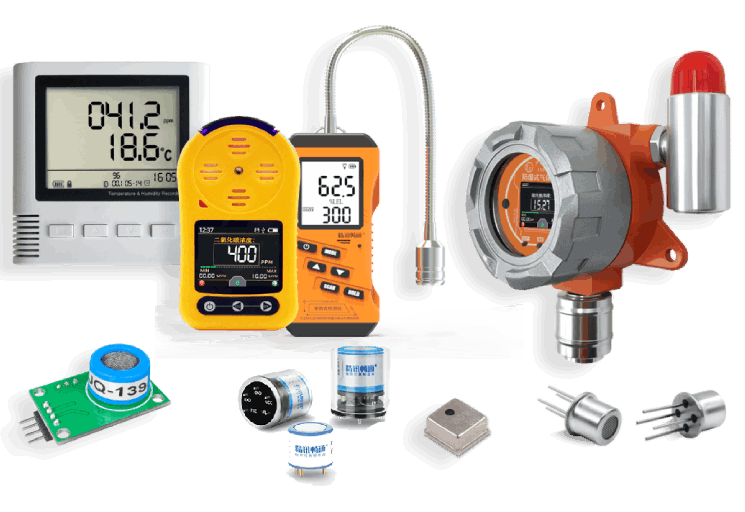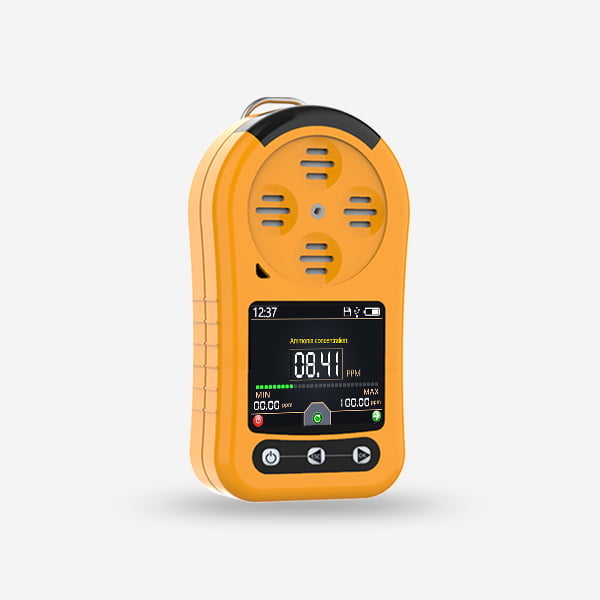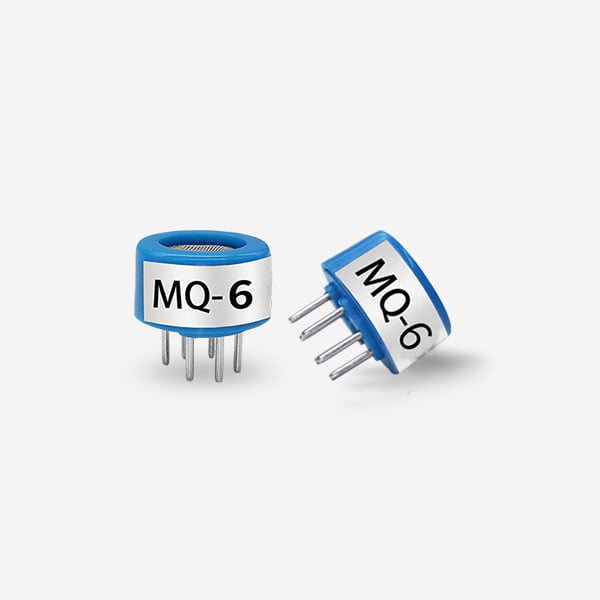Air pollution is a significant global concern, with adverse effects on human health and the environment. To combat this issue, various technologies and strategies have been developed, including the use of gas sensors. Gas sensors play a crucial role in air purification by detecting and monitoring harmful gases present in the atmosphere. This article explores how gas sensors contribute to cleaning the air and improving overall air quality.

Gas Sensor Technology:
Gas sensors are electronic devices designed to detect specific gases or chemical compounds in the air. They operate based on various principles such as electrochemical, semiconductor, or optical sensing. The sensor’s sensitive components interact with the target gas, causing measurable changes in electrical conductivity, resistance, or light absorption. These changes are then converted into an electrical signal that can be analyzed and interpreted.
Detection of Harmful Gases:
Gas sensors are capable of detecting a wide range of harmful gases, including carbon monoxide (CO), nitrogen dioxide (NO2), sulfur dioxide (SO2), ozone (O3), volatile organic compounds (VOCs), and particulate matter (PM). These pollutants are emitted from various sources such as industrial processes, vehicle emissions, and household activities. Gas sensors provide real-time data on the concentration levels of these gases, allowing for timely interventions to mitigate their effects.
Monitoring Indoor Air Quality:
Indoor air pollution is a significant concern, as people spend a significant amount of time indoors. Gas sensors installed in buildings, offices, and homes can continuously monitor the air quality and detect any harmful gases present. By alerting occupants or triggering ventilation systems, gas sensors help maintain a healthy indoor environment and prevent potential health risks associated with indoor air pollution.
Industrial Applications:
Gas sensors play a vital role in industrial settings, where the emission of toxic gases is common. Monitoring the air quality in factories, power plants, and manufacturing facilities is essential to ensure the safety of workers and prevent environmental pollution. By accurately detecting and measuring gas concentrations, gas sensors enable prompt responses and the implementation of necessary control measures to reduce emissions and maintain compliance with regulatory standards.
Air Quality Monitoring Networks:
Gas sensors are often integrated into air quality monitoring networks deployed in cities and urban areas. These networks consist of multiple sensor nodes strategically placed to capture a representative snapshot of the air quality across different locations. Real-time data collected from these sensors provides valuable insights into pollutant levels and their spatial distribution. This information helps authorities make informed decisions, implement pollution control measures, and develop effective urban planning strategies.
Integration with Air Purification Systems:
Gas sensors are utilized in conjunction with air purification systems to create cleaner and healthier environments. When gas sensors detect high levels of pollutants, they can trigger the activation of air purifiers or ventilation systems equipped with filters or catalysts. These purification systems efficiently remove or neutralize harmful gases and particulate matter, significantly improving indoor and outdoor air quality.

Future Developments:
Continued advancements in gas sensor technology are expected to enhance their effectiveness in air purification applications. Miniaturization, increased sensitivity, and improved selectivity are key areas of focus for researchers. Additionally, the integration of gas sensors with Internet of Things (IoT) platforms and artificial intelligence algorithms will enable more intelligent and adaptive air purification systems.
Conclusion:
Gas sensors play a vital role in cleaning the air by detecting and monitoring harmful gases that contribute to air pollution. Their ability to provide real-time data allows for timely interventions and the implementation of appropriate air purification strategies. As technology continues to advance, gas sensors will become increasingly sophisticated, enabling more efficient air quality monitoring and pollution control measures. Through their contributions, gas sensors contribute to creating healthier and safer environments for all.




